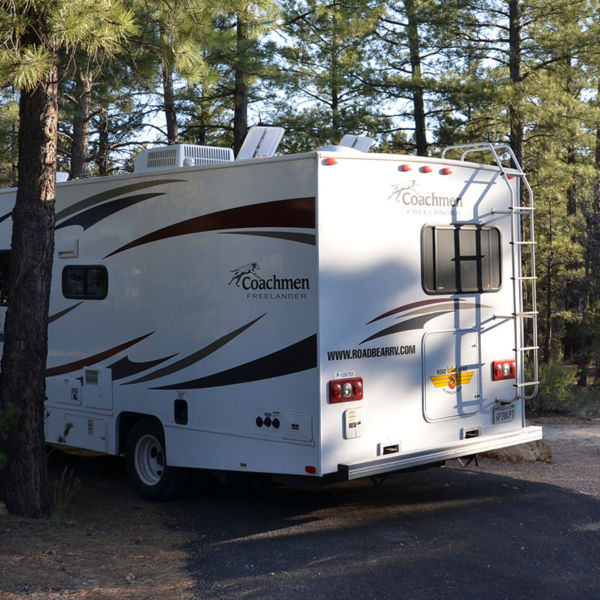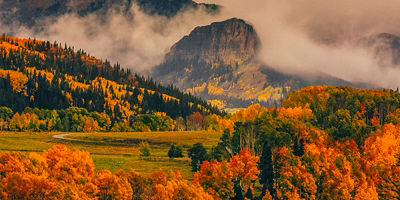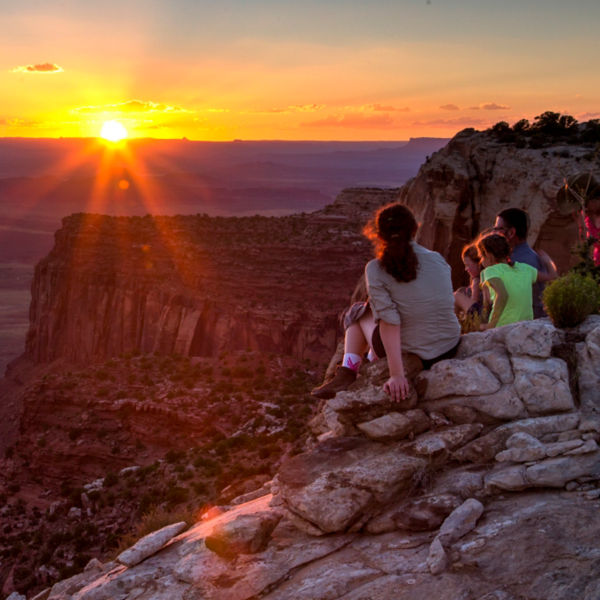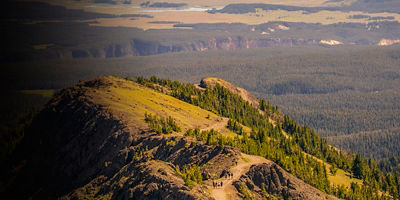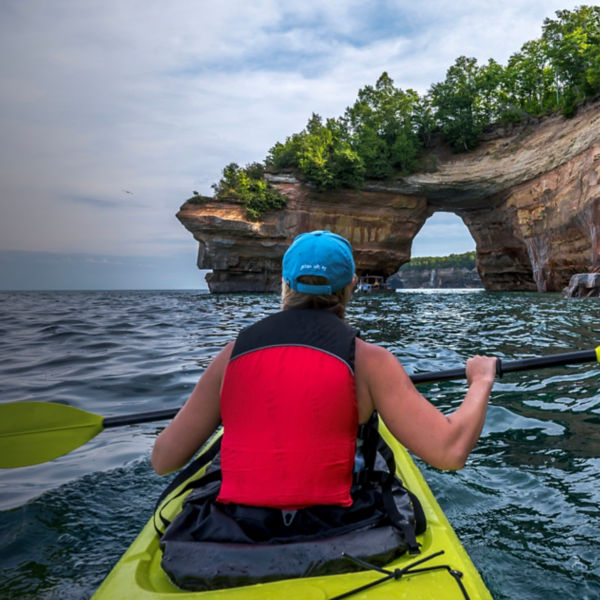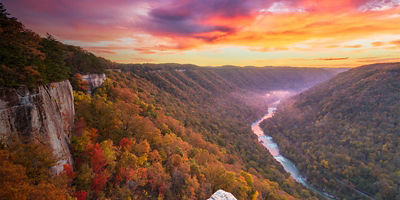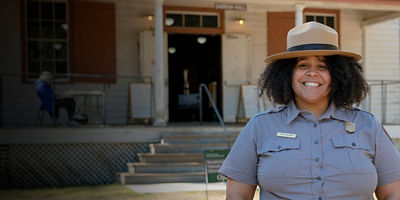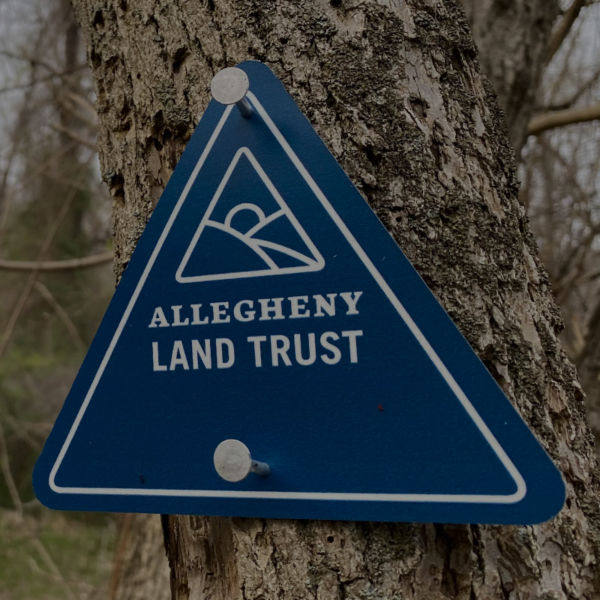
Most people think of grand mountain vistas, dramatic canyons, and deep forests when they think about the National Park Service (NPS). But did you know that more than half of NPS sites highlight American history, not natural landscapes? From famous landmarks like the Liberty Bell and birthplaces of presidents to lesser-known sites that honor scientific discoveries, civil rights leaders, and industrial developments, the historic places that the NPS protects are treasure troves of American culture. You don’t have to be a history professor to appreciate a visit to one of our nation’s hundreds of worthwhile historic sites.
What are national historic sites?
Our national historic parks range from single buildings to sprawling preserves encompassing sites in several states. They fall under several designations: National historical parks include multiple different stories from different points in history, while national historic sites focus on a single historic moment. Military sites might be called national military parks, national battlefields, or national battlefield parks. Some historic parks have national monument status. Additionally, national historic landmarks could be buildings, sites, structures, or even objects. Finally, national heritage areas combine historic, cultural, and natural resources. What do they all have in common? A way of bringing history to life, from sites of trauma and hardship to moments of triumph.
Who manages them?
The NPS handles the country’s historic areas. Visitors will likely find interpretive rangers at work in them, leading historic programs and answering questions.
What can you do there?
National historic places excel at bringing the past to life through access to important sites, buildings, and artifacts—plus plenty of compelling storytelling via guided or self-guided tours and living history events. But visitors can often also go for a hike, scope for birds and wildlife, camp, bike, or stargaze.
Top Historic Sites To Explore
The Classics
If you can remember an event from your high school history class, it’s probably commemorated by the NPS.
Independence National Historical Park - PA
This Philadelphia park preserves several iconic locations from the Revolutionary War, including the Liberty Bell and Independence Hall, where the Declaration of Independence and the U.S. Constitution were crafted and signed. Learn more on a guided tour and check out the Benjamin Franklin Museum.
Gettysburg National Military Park - PA
The most famous battle of the Civil War was fought here (50 miles northwest of Baltimore), and the Union’s victory marked a major turning point in the conflict—as well as the deadliest battle of the war. Attend a living history war encampment, tour the critical battle sites, check out the fascinating museum, and see where President Abraham Lincoln delivered the Gettysburg Address.
Martin Luther King Jr. National Historical Park - GA
Walk in the footsteps of the legendary Civil Rights leader at this Atlanta park, which includes his birth home and the church where he preached. Visit both, plus the King Center (Dr. King’s final resting place) and the World Peace Rose Garden.











